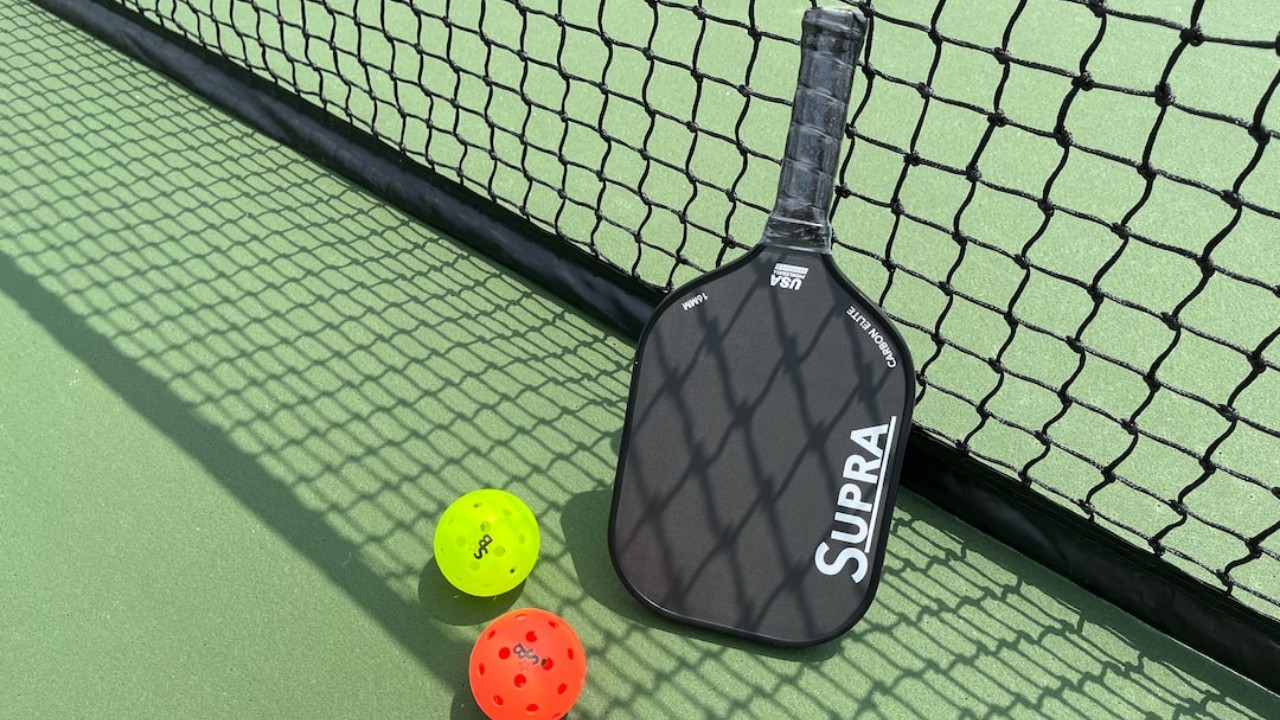
Mastering the Pickleball Kitchen: A Deep Dive into the Rules and Strategies
Introduction
Pickleball is an incredibly engaging and rapidly growing sport that combines elements of tennis, badminton, and table tennis. A key feature of pickleball is the “kitchen,” also known as the non-volley zone, which is a critical part of the game. In this comprehensive article, we will delve into the rules and strategies that revolve around the pickleball kitchen, providing you with a deep understanding of this fundamental aspect of the game.
The Pickleball Kitchen: What Is It?
The pickleball kitchen, or non-volley zone, is a rectangular area on each side of the net, extending 7 feet from the net into the court. The primary purpose of this zone is to prevent players from standing at the net and smashing the ball into their opponent’s court, which could create an unfair advantage. The kitchen rules are designed to maintain fairness, encourage longer rallies, and add an extra layer of strategy to the game.
Kitchen Rules
To become proficient at pickleball, you must be well-versed in the rules that govern the kitchen. These rules are integral to ensuring a fair and enjoyable game for all players.
-
No Volleys in the Kitchen
The most fundamental rule of the kitchen is that you cannot volley the ball (hit it out of the air) while standing inside it. When the ball is in the kitchen, you must allow it to bounce before making contact. This rule adds a layer of strategy to the game, as players need to position themselves carefully to avoid breaking this rule while trying to gain control of the point.
-
Foot Faults
In addition to avoiding volleys in the kitchen, players need to be mindful of foot faults. A foot fault occurs when any part of a player’s foot, including their shoe or clothing, touches the kitchen area during a volley. To adhere to the rules, players must maintain proper foot placement and balance during play.
-
Exceptions
There are specific exceptions to the no-volley zone rule:
a. Players can step into the kitchen to hit a ball that has already bounced within it. This allows players to retrieve low balls that have dropped into the kitchen without violating the rules.
b. After the serve, the receiving team is allowed to stand within the kitchen. The no-volley zone rule applies to all players only after the return of the serve.
You must read: Ways You Can Use Silica Desiccant Packets From Wallaby In Food Storage
Strategies for Mastering the Kitchen
Now that we’ve covered the basic kitchen rules, let’s explore strategies that can help you make the most of this crucial area of the pickleball court.
-
Dinking
Dinking is a pivotal technique in pickleball, and it frequently takes place near the kitchen. It involves gently tapping the ball back and forth over the net, with an emphasis on soft and controlled shots. Dinking keeps your opponents near the net, putting pressure on them to make errors and helping you maintain control of the point.
-
The Third Shot
The third shot is a critical concept in pickleball strategy, and it usually occurs near the kitchen. After the serve, the receiving team should aim to hit a soft, low shot that drops into the opponent’s kitchen. This forces the opposing team to return the ball from a challenging position, increasing the likelihood of weak shots or errors.
-
Lobbing
When you find yourself in a defensive position near the kitchen, a well-executed lob can be a game-changer. A lob is a high, arching shot that sends the ball over your opponent’s head, ideally landing near the back of their court. This can help you regain control of the point and get your opponent away from the net.
-
Poaching
Poaching refers to intercepting your opponent’s shot by moving laterally and intercepting the ball before it reaches your partner. This is a common strategy near the kitchen to catch your opponent off guard and seize control of the point. Effective communication with your partner is crucial to avoid collisions and make poaching successful.
-
Split-Step
The split-step is a fundamental technique in pickleball, involving a small hop just before your opponent makes contact with the ball. It readies you to react quickly to their shot, particularly near the kitchen. Timing your split-step effectively can help you anticipate your opponent’s shot and position yourself to respond with precision.
Conclusion
Mastering the pickleball kitchen is paramount for success in the game. By adhering to the rules and implementing strategies like dinking, using the third shot effectively, employing lobs, executing poaching, and perfecting the split-step, you can elevate your pickleball skills and enhance your performance on the court.
The kitchen rules and strategies discussed in this article will not only make you a more formidable opponent but also enable you to fully enjoy the dynamic nature of pickleball. As you practice and play, remember that the kitchen is not a limitation but an exciting challenge that can lead to unforgettable rallies and thrilling moments on the court.



